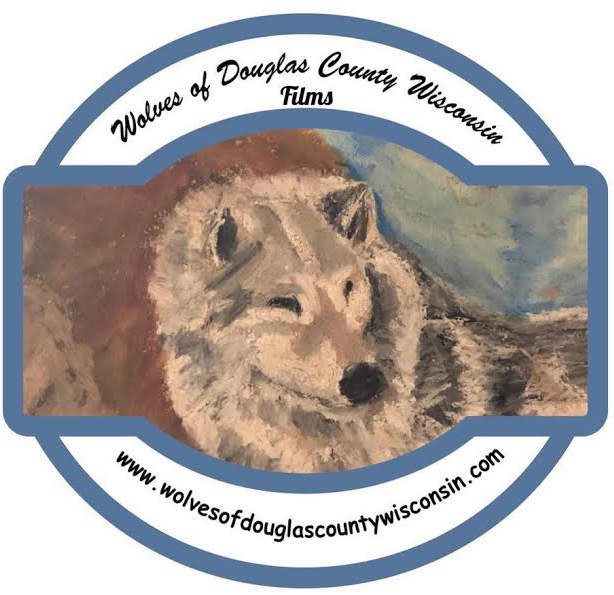By Brunella Pernigotti
If you look at a map of Italy, you’ll see that Turin, my city, is to the extreme north-west of the country. It is surrounded by mountains (the western Alps), that are arranged in a semicircle at north and west and south of it, so that they separate Italy from France. Turin is the capital of Piedmont region, whose name means exactly “at the foot of the mountains”.

Turin is a big city with a beautiful historic center, with the river Po that runs through it and with sweet hills that rise on the riverside. Yet, like every city, it is also very chaotic, crowded and with a heavy traffic; so I often drive for about 70 kilometers to the mountains, where I can find some fresh air and relax.

I’ve got a very little house in a resort which has become famous thanks to the past 2006 Winter Olympic Games: Sauze d’Oulx. It’s a ski resort, but I keep away from the ski slopes as I like better the solitary paths that run through the woods. So I climb up to places where I can see only the sky above and, down there in the valley, people bustling about, like little ants.

The object of my walks is, of course, to see wolves, that live on the top of the mountains around the Susa Valley, but it’s very difficult to meet them, or even to hear them howling in the distance, since they are very shy and fear humans. If I’m lucky, I can just find one print in the snow or the remnants of some prey.
The story of wolves in Italy has sad origins. At the beginning of the Twentieth Century they were widespread everywhere: on the Alps and on the Apennines; but soon they started to be so persecuted and killed to reach their extinction. Only few of them survived on the Apennines, the mountain chain which extends from the Po Valley to the south of Italy. In the 1970s they were calculated to be only about a hundred. It was a shame and even a paradoxical situation, because the Catholic patron saint of Italy is San Francesco, who was famous for his addressing to the animals and particularly to a wolf that he had tamed with his words of love and respect!

From those years on, several conservative campaigns were launched with success and at the beginning of the 1990s Italian wolves were calculated to be about 400. The Alps were slowly repopulated. Unfortunately, at the same time, human beings started again their persecutions and cruel killings. Still now, breeders and hunters keep on saying that on the Alps wolves have been restored on purpose by animalists, who brought them from France. But it’s not true! DNA tests have confirmed that it’s the Canis Lupus Italicus that, in their migration, went up from the Apennines, moved through the Ligurian mountains and the Alps, crossed the border between Italy and France, and then, from there, came back to Piedmont, where 2 or 3 little reproductive nucleus stopped and settled down. However, lobbies of hunters and breeders claim that wolves are not part of the local wildlife and put pressure on local governments and public opinion in order to get larger lawful power to kill them.
Wolves on the Alps are still in danger, not only because of human ignorance but also because they are still too few, so they haven’t many possibility to cross their genetic inheritance with individuals of new packs.

On the other hand there are more and more hybridizations with dogs that came back to wilderness. Those hybrids don’t fear humans and cause the worst damages to cattle and sheep.
Besides, their ancestral natural passages (the so-called “corridoi ecologici”) are nowadays crossed by a lot of roads and railways. Too many and frequent car and train accidents are recorded, where wolves, deers, and other wild animals die!
At the moment the situation in Italy records a population of wolves of about 1.000/1.500 individuals, but there isn’t any certain calculation. They are still (!!) a protected species and the law provides for funds to be paid out by local administrations to breeders who want to get what is necessary to defend their properties, as well as compensations for the damages suffered by a breeder, when he’s able to demonstrate that his killed animal was a prey of the wolves.
Wolves are at the center of bitter controversies, where too many interests (economic and political powers) are involved. Their life is in danger because of the human behavior. But human beings are responsible not only to the wolves, but to their children too, since the whole ecosystem is risking to collapse as a result of their blind, greedy and incompetent management of the environment, which we are part of.
For more information : “Il ritorno del lupo nelle valli torinesi” by Massimiliano Borgia – Luna Nuova Edizioni – Torino 2004.
Photographs: Brunella Pernigotti
~~~
Brunella Pernigotti lives in Turin, Italy. She is a teacher, a writer and a photographer. She published a novel and a book of tales and has to her credit about ten one-man exhibitions of photos. She is member of the board of a non-profit association of Turin, “Tribù del Badnightcafè”, that organizes cultural and artistic events.


Leave a Reply